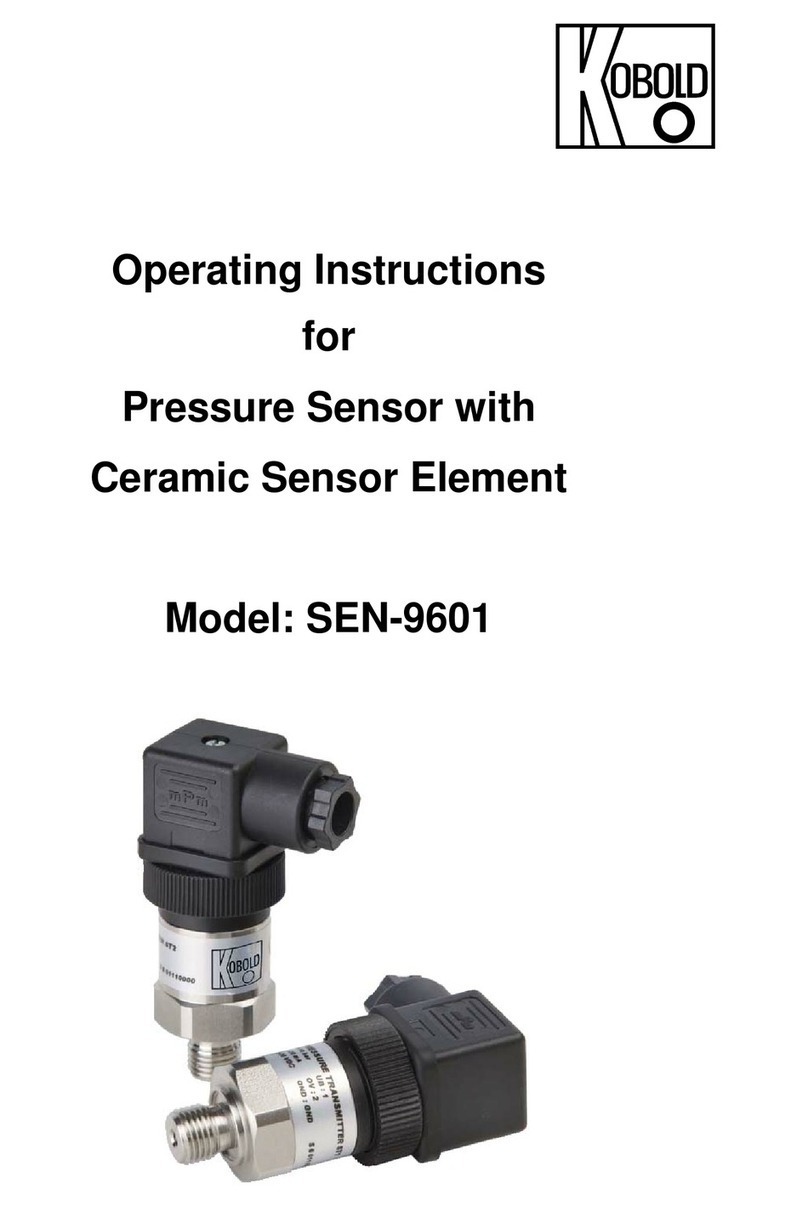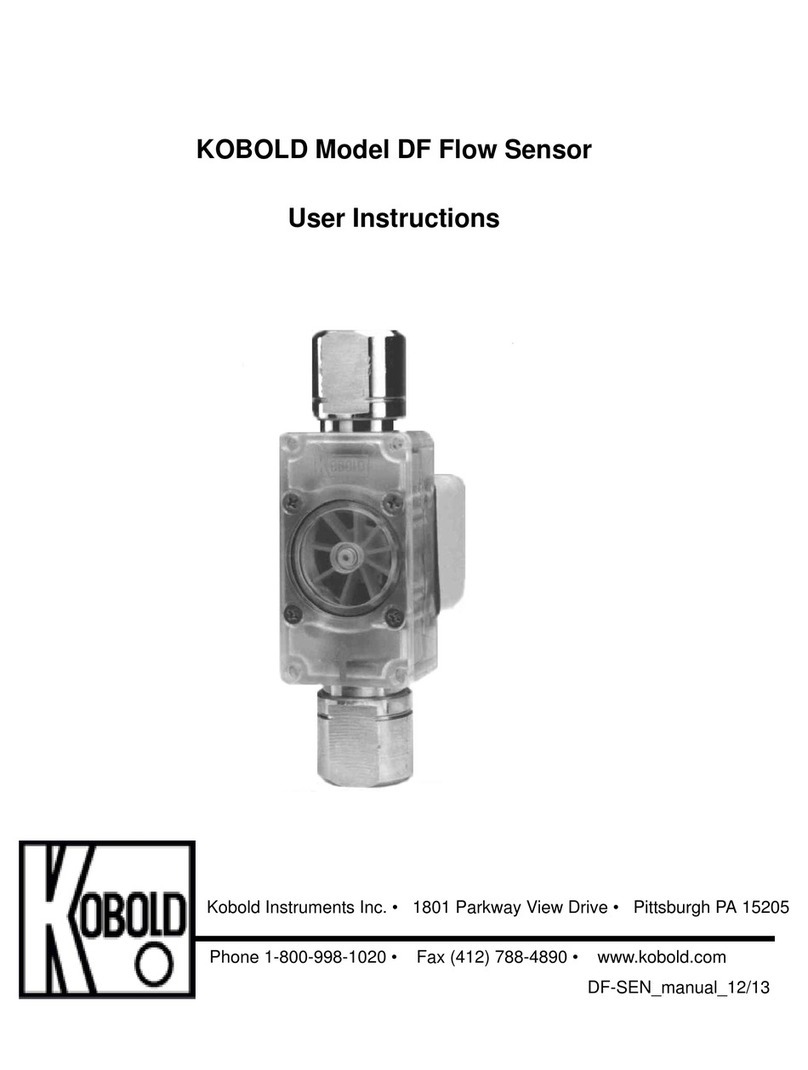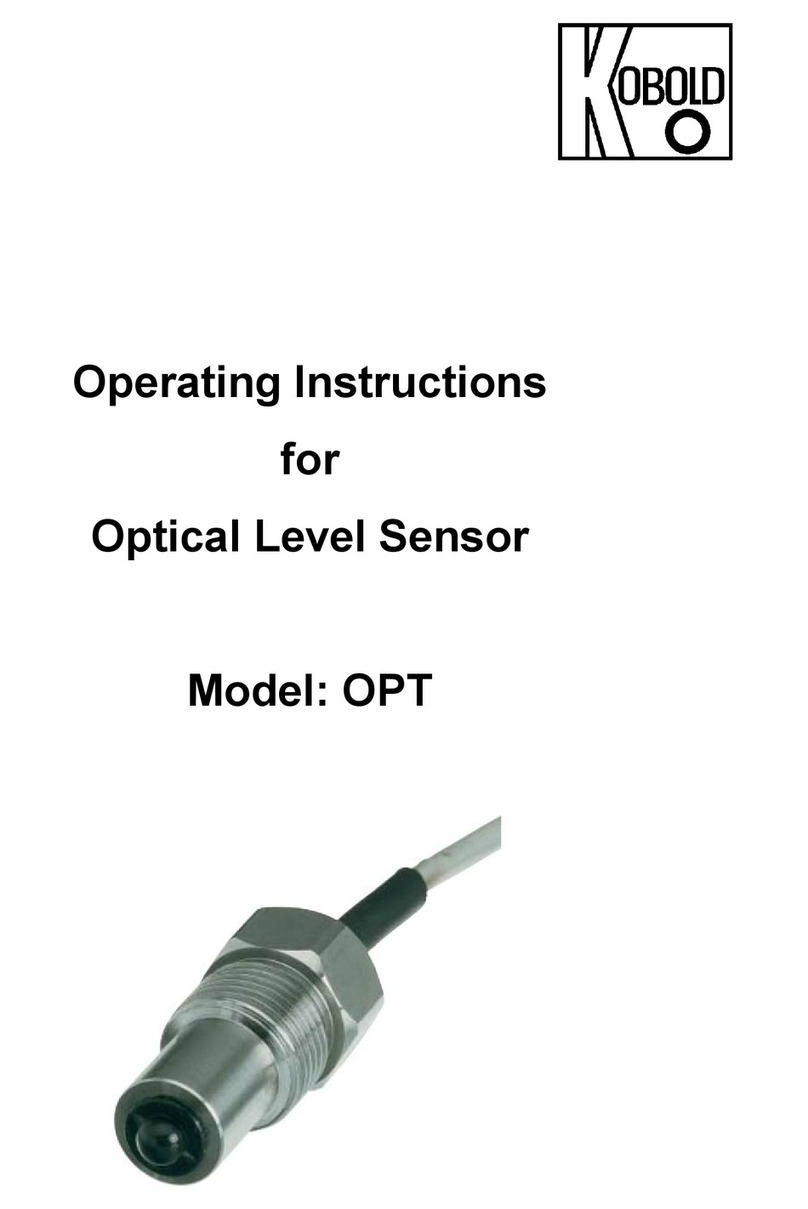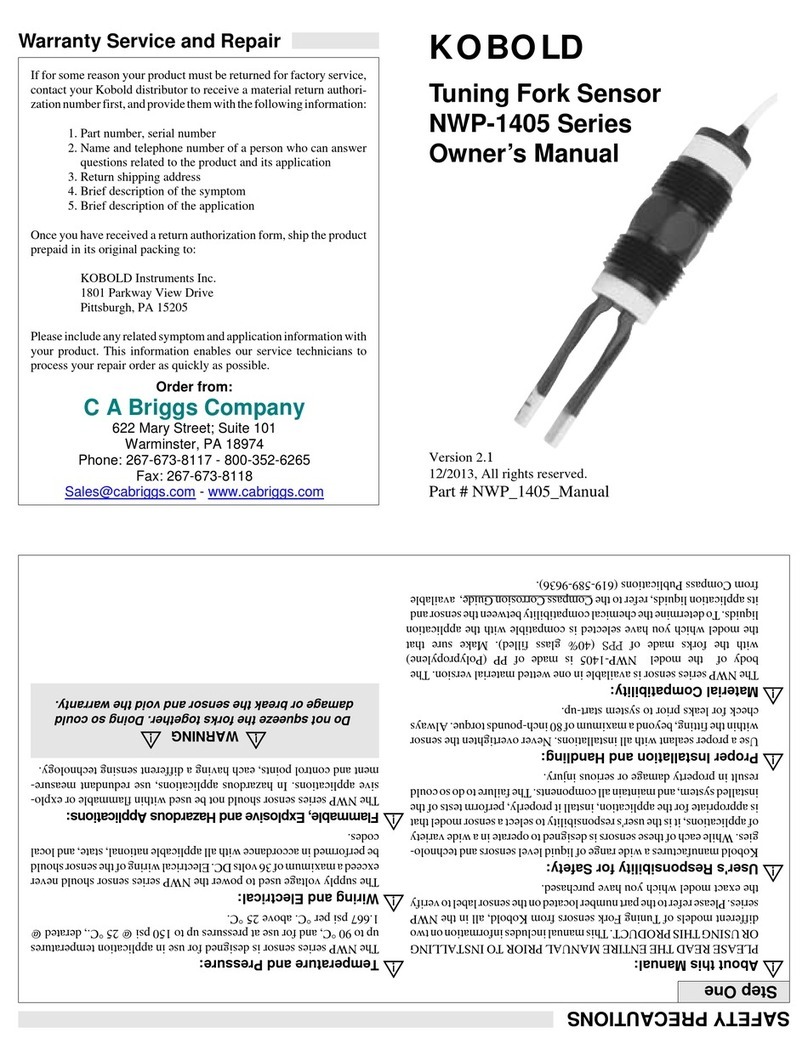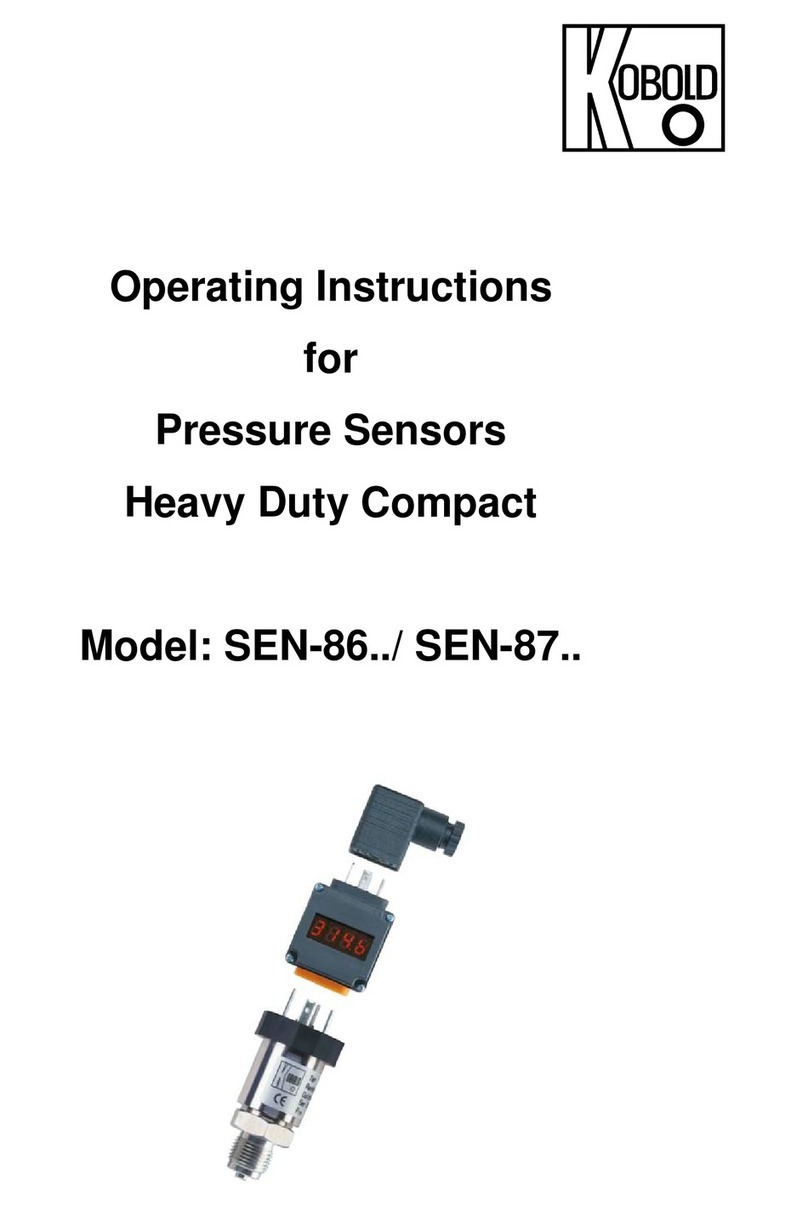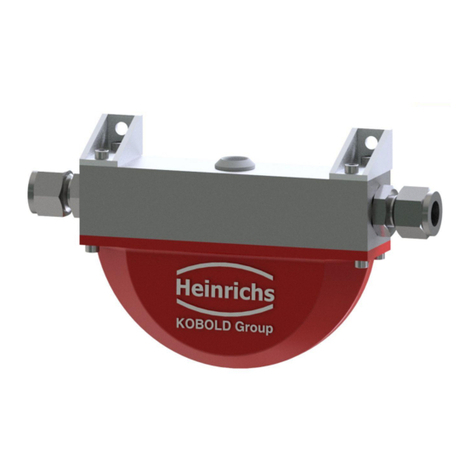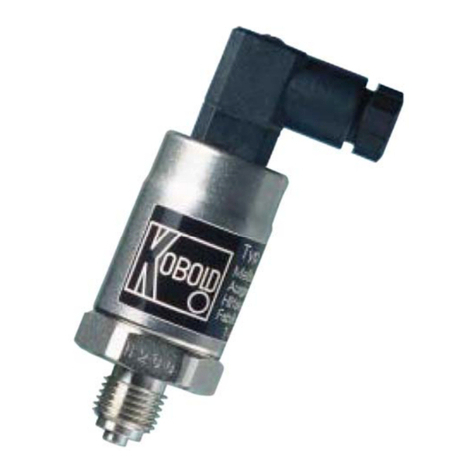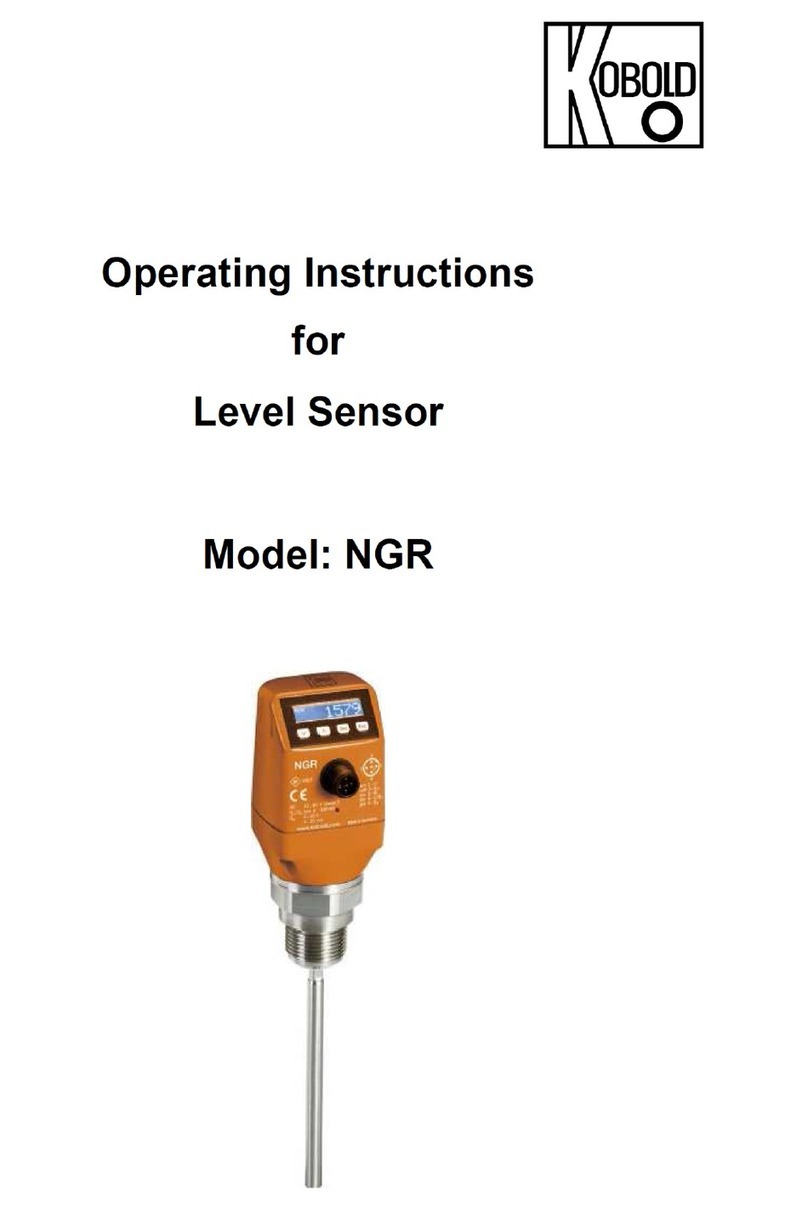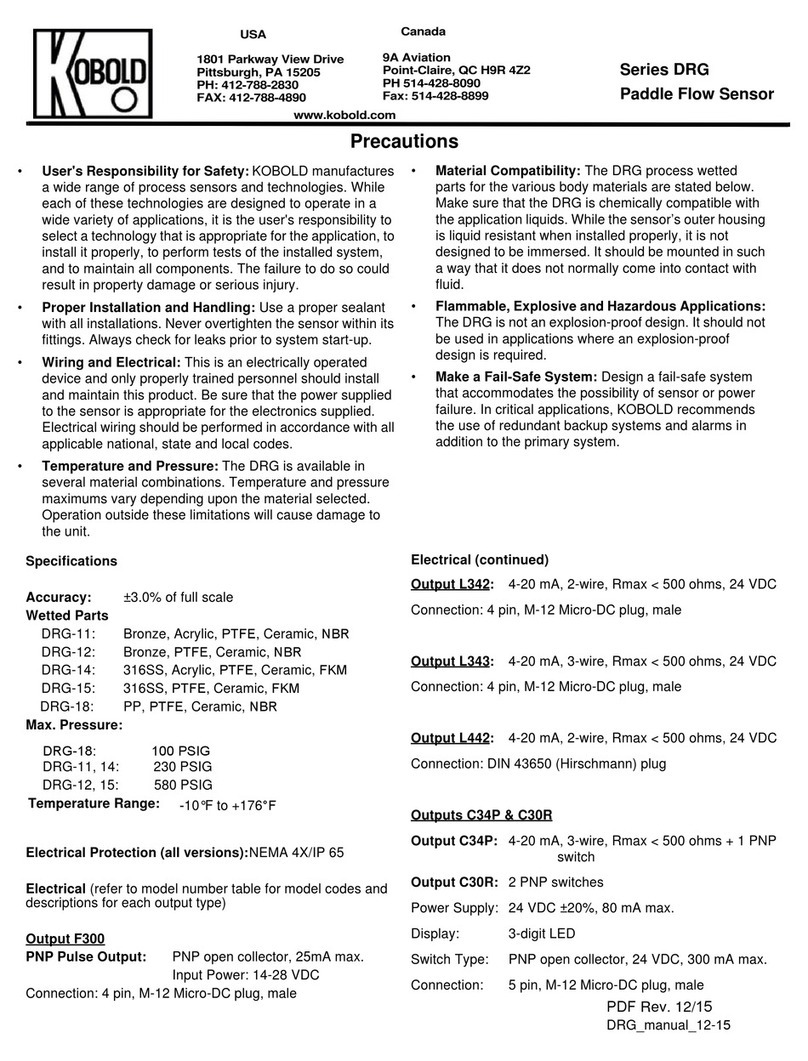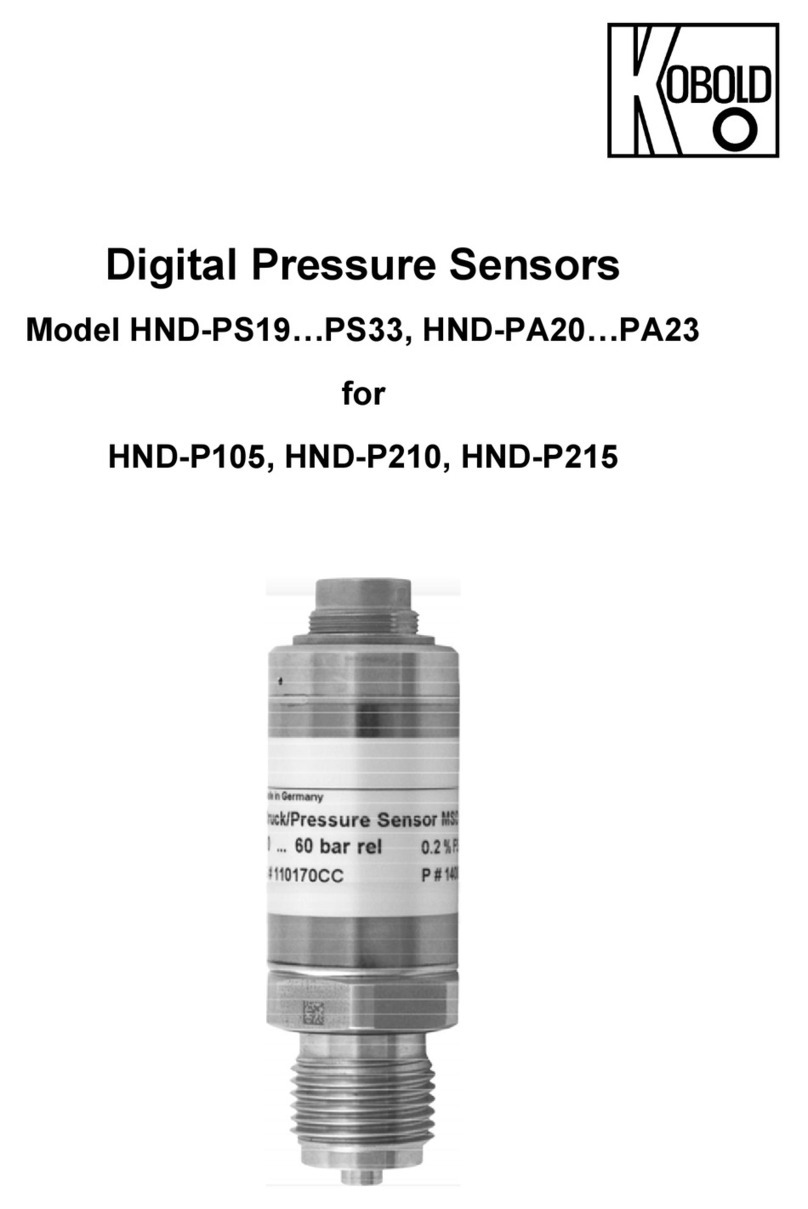CONTENTS
INTRODUCTION............................................................................................................................................... 3
I. Shipping and storage; product inspection.............................................................................................................................3
II. Warranty..........................................................................................................................................................................................3
III. Validity of this operating manual.........................................................................................................................................3
1. STEPS PRIOR TO OPERATION......................................................................................................... 4
1.1Installation, mounting, commissioning and maintenance ...........................................................................................4
1.2 Hazard warnings ......................................................................................................................................................................5
1.3 Proper use of the device.........................................................................................................................................................6
2. IDENTIFICATION .................................................................................................................................. 6
2.1 Version / date............................................................................................................................................................................6
3. CORIOLIS MASS FLOW METERS..................................................................................................... 7
3.1 Description of the TM, TMU, and TM-SH sensors..........................................................................................................7
3.2 Device identification ................................................................................................................................................................7
3.2.1 TM/TMU/TM-SH rating plate......................................................................................................................................7
3.3 Mounting.....................................................................................................................................................................................8
3.3.1 Thermally insulated sensor..........................................................................................................................................8
3.3.2 Heated sensor..................................................................................................................................................................8
3.3.3 Connection remote sensor –transmitter................................................................................................................8
3.4 EC Type-Examination Certificate for the sensors type TM, TMU and TM-SH.......................................................9
3.5 Electrical Parameters...........................................................................................................................................................10
3.5.1 Exciter circuit (terminals 8 and 9)......................................................................................................................10
3.5.2 Sensor circuits (terminals 1 –2 and 3 –4)...........................................................................................................10
3.5.3 Temperature sensor circuits (terminals 5 to 7)...................................................................................................10
3.5.4 Ambient temperature range Ta ...............................................................................................................................11
3.6 Connecting the sensor to a transmitter .........................................................................................................................12
3.6.1 Connecting cables........................................................................................................................................................12
4. INSTALLATION AND COMMISSIONING.......................................................................................13
4.1 Mounting..................................................................................................................................................................................13
4.1.1 General conditions for safe operation ...................................................................................................................13
4.1.2 Requirements for installation in all environments ............................................................................................13
4.2 Ex relevant screw and bolt torques .................................................................................................................................14
5. MAINTENANCE AND REPAIR WORK ...........................................................................................15
5.1 Definition of terms according to IEC 60079-17: ..........................................................................................................15
5.2 Fault elimination....................................................................................................................................................................16
5.3 Disposal....................................................................................................................................................................................16
6. RELEVANT STANDARDS FOR HAZARDOUS LOCATIONS ......................................................17
6.1 (CSA, North America)............................................................................................................................................................17
6.2 ATEX (Europe) / IECEx ..........................................................................................................................................................17
7. EU DECLARATION OF CONFORMITY ...........................................................................................18

